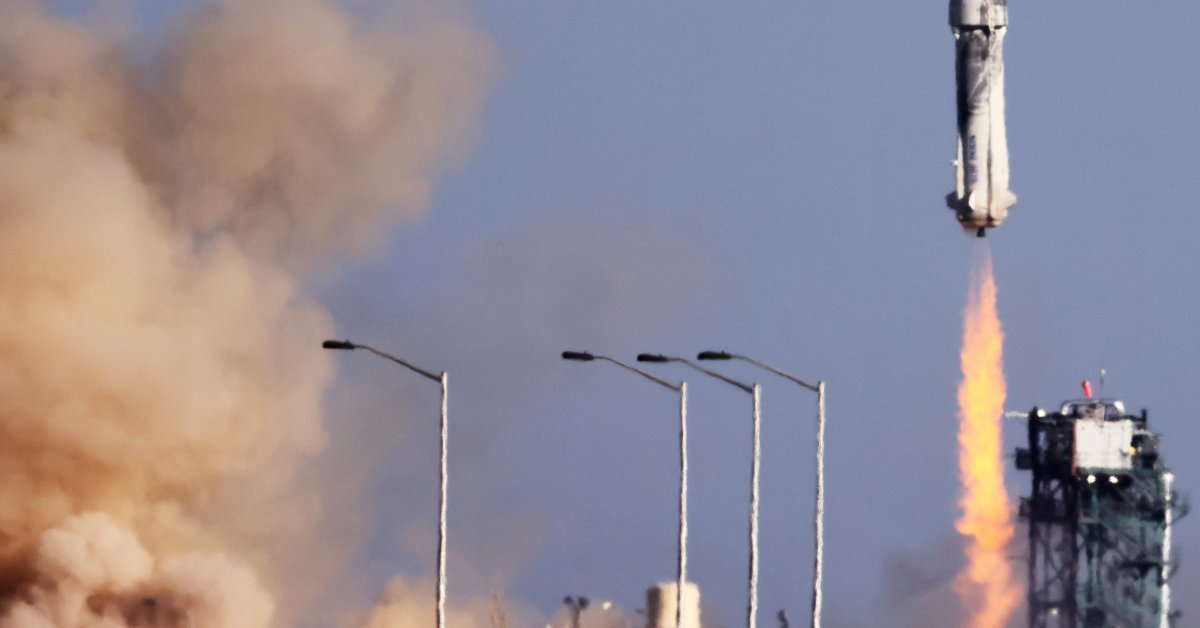NASA's Legacy: Women in Space Exploration
For decades, the image of an astronaut was predominantly male. However, the narrative of space exploration is incomplete without acknowledging the invaluable contributions of women. From early mathematicians and engineers to pioneering astronauts, women have played, and continue to play, a critical role in shaping NASA's legacy. This article delves into the history, challenges, and triumphs of women in space exploration, highlighting their enduring impact on our understanding of the universe.
Breaking Barriers: The Early Years
While often overlooked, women's involvement in NASA's early years was crucial. The "human computers," largely African American and white women, were essential to the success of early space missions. These women meticulously calculated trajectories, analyzed data, and performed complex mathematical computations, laying the groundwork for many of NASA's achievements. Their contributions were vital, even though they lacked the recognition afforded to their male counterparts. Katherine Johnson, Dorothy Vaughan, and Mary Jackson – whose stories are beautifully depicted in the film Hidden Figures – are prime examples of this unsung heroism.
Overcoming Gender Bias
The path to becoming an astronaut was – and in some ways, still is – fraught with systemic challenges. Deep-seated gender biases significantly limited opportunities for women. While the Soviet Union sent Valentina Tereshkova into space in 1963, the United States lagged behind. Sally Ride, the first American woman in space, didn't launch until 1983. This significant delay highlights the pervasive societal and institutional barriers women faced in pursuing careers in STEM and space exploration.
Pioneering Astronauts and Beyond: A New Era
Sally Ride's historic flight marked a turning point, yet the journey towards greater gender equality in space exploration remains ongoing. Since Ride, numerous women have shattered glass ceilings, pushing the boundaries of human potential. Astronauts like Mae Jemison (the first African American woman in space), Judith Resnik (the second American woman in space, tragically lost in the Challenger disaster), and Eileen Collins (the first woman to pilot and command a Space Shuttle mission) demonstrate the remarkable resilience and dedication of women in this field.
The Current Landscape: A Diverse Future for Space
Today, NASA actively works towards greater diversity and inclusion. While there's still progress to be made, we're seeing a more representative group of astronauts, including women from diverse ethnic and racial backgrounds. This shift reflects a growing recognition of the importance of diverse perspectives in scientific endeavors. The Artemis program, aiming to return humans to the Moon and eventually send humans to Mars, underscores NASA’s commitment to a more inclusive future for space exploration.
The Enduring Impact: Inspiration and Empowerment
The legacy of women in space exploration extends far beyond scientific achievements. These women serve as powerful role models, inspiring generations of girls and women to pursue careers in STEM. Their stories demonstrate that ambition, hard work, and resilience can overcome seemingly insurmountable obstacles. By breaking barriers and achieving extraordinary feats, these women have left an indelible mark on history, paving the way for future generations of explorers and innovators.
Looking Ahead: Challenges and Opportunities
While significant progress has been made, challenges remain. The persistent gender gap in STEM fields requires ongoing efforts to create more equitable opportunities for women. Promoting STEM education for girls from a young age, fostering supportive work environments, and actively addressing unconscious bias are crucial steps toward achieving greater gender equality in space exploration.
The story of women in NASA’s legacy is one of perseverance, innovation, and triumph against adversity. Their contributions have been essential to humanity's understanding of the cosmos, and their impact continues to inspire us to reach for the stars. The future of space exploration is inextricably linked to the full and equal participation of women, ensuring that the next chapter in humanity’s space odyssey is written by a diverse and empowered team.
